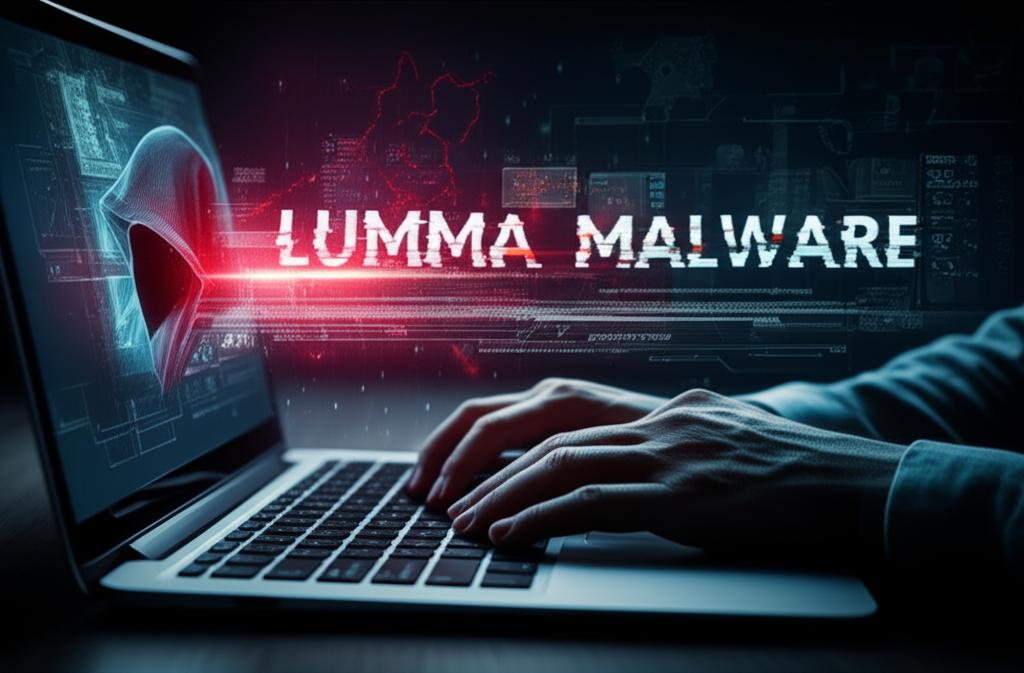Lumma Malware: Unmasking the Stealthy Infostealer Threat
In the ever-evolving landscape of cyber threats, infostealers represent a particularly insidious danger, designed to silently pilfer sensitive user data. Among the most prevalent and concerning infostealers currently active is Lumma Malware. This sophisticated threat has gained notoriety for its efficiency, adaptability, and widespread impact, making it a critical concern for individuals and organizations alike.
What is Lumma Malware?
Lumma, often referred to as LummaC2 or Lumma Stealer, is a type of infostealer malware sold as a service (MaaS) on underground forums. It is specifically designed to extract a wide array of sensitive information from compromised systems. Its developers continuously update its features, making it challenging for conventional antivirus solutions to detect and neutralize.
Key Characteristics of Lumma Malware:
- Data Exfiltration: Targets browser credentials, cryptocurrency wallets, two-factor authentication (2FA) codes, session tokens, and system information.
- Modularity: Features a modular structure, allowing operators to customize its capabilities for specific targets.
- Stealth and Evasion: Employs various techniques to evade detection, including obfuscation, anti-analysis checks, and dynamic C2 communication.
- Accessibility: Its availability as MaaS means even less technically proficient attackers can deploy it.
How Does Lumma Malware Operate?
Lumma malware typically infiltrates systems through common vectors, often preying on user vigilance or system vulnerabilities. Once inside, it executes a multi-stage process to collect and exfiltrate data:
-
Initial Infection Vector:
Lumma is commonly spread through:
- Phishing Campaigns: Malicious email attachments (e.g., weaponized documents, archives) or links leading to compromised websites.
- Malvertising: Ads on legitimate or rogue websites that redirect users to malicious downloads.
- Cracked Software/Games: Bundled with pirated software, keygen tools, or game cheats.
- Drive-by Downloads: Exploiting browser or software vulnerabilities to download and execute silently.
-
Execution and Evasion:
Upon execution, Lumma performs checks to ensure it’s not running in a virtual machine or sandbox environment. It often injects itself into legitimate processes to evade detection and maintain persistence.
-
Data Collection:
The malware then scans the compromised system for predefined data types, including:
- Browser-saved passwords, cookies, autofill data, and credit card information.
- Cryptocurrency wallet files and browser extensions.
- Desktop-based email client credentials.
- Session tokens from various applications.
- System information (OS version, hardware specs, installed software).
-
Data Exfiltration:
Collected data is compressed and encrypted before being sent to the attacker’s Command and Control (C2) server, usually via HTTP/HTTPS, often disguised as legitimate network traffic.
The Devastating Impact of a Lumma Infection
The consequences of a Lumma malware infection can be severe and far-reaching:
- Financial Loss: Direct theft from crypto wallets, unauthorized credit card transactions.
- Identity Theft: Stolen credentials can lead to account takeovers across multiple platforms.
- Data Breaches: Corporate credentials can compromise entire organizational networks.
- Reputational Damage: For businesses, a breach can erode customer trust and lead to regulatory fines.
- Further Exploitation: Stolen data is often sold on dark web marketplaces, leading to future targeted attacks.
“Lumma malware serves as a stark reminder that even seemingly minor data points, when combined, can create a complete digital footprint for exploitation. Proactive defense is no longer optional, it’s essential.”
Protecting Against Lumma Malware: Best Practices
Defending against advanced infostealers like Lumma requires a multi-layered security approach:
For Individuals:
- Strong, Unique Passwords: Use a password manager and enable multi-factor authentication (MFA) wherever possible.
- Software Updates: Keep your operating system, web browsers, and all software up-to-date to patch known vulnerabilities.
- Antivirus/Anti-Malware: Install and maintain reputable endpoint protection software with real-time scanning.
- Email Vigilance: Be extremely cautious of unsolicited emails, suspicious attachments, or links. Verify sender identities.
- Download Safely: Only download software from official, trusted sources. Avoid cracked or pirated content.
- Regular Backups: Back up critical data to an external drive or cloud service.
For Organizations:
- Employee Training: Conduct regular cybersecurity awareness training focusing on phishing, social engineering, and safe browsing habits.
- Endpoint Detection and Response (EDR): Implement EDR solutions for advanced threat detection and rapid response capabilities.
- Network Segmentation: Isolate critical systems and sensitive data to limit lateral movement in case of a breach.
- Principle of Least Privilege: Grant users only the minimum access necessary for their roles.
- Security Audits: Perform regular security audits and penetration testing to identify and address vulnerabilities.
- Incident Response Plan: Develop and regularly test a comprehensive incident response plan to mitigate the impact of an attack.
Conclusion
Lumma Malware poses a significant and evolving threat in the cybersecurity landscape. Its stealthy nature and broad data exfiltration capabilities make it a formidable adversary. By understanding its modus operandi and adopting robust security practices, both individuals and organizations can significantly reduce their risk of falling victim to this pervasive infostealer. Staying informed, vigilant, and proactive are your strongest defenses against the silent menace of Lumma.







